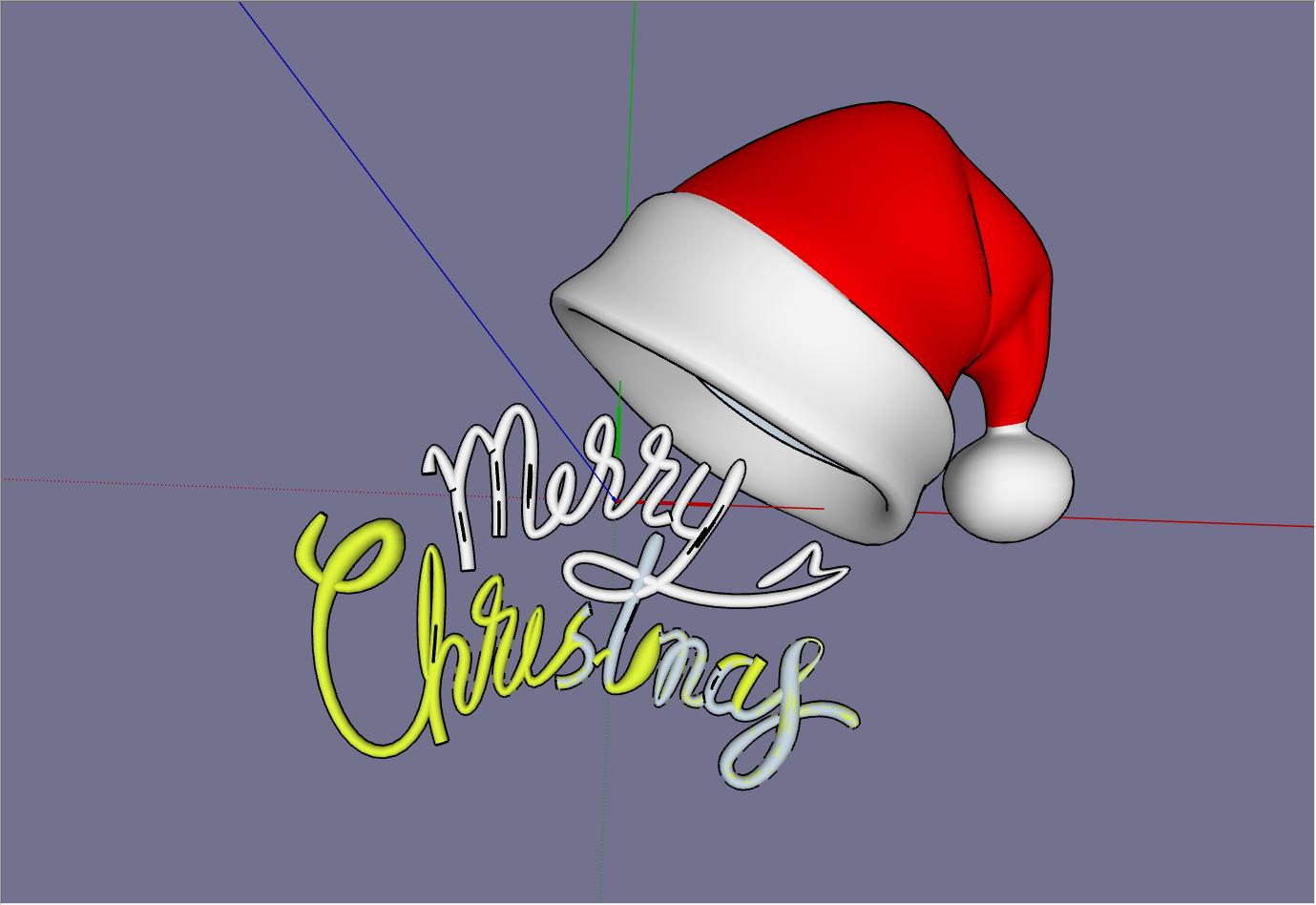Well said, brother. Peace is overdue so we can get about cleansing this planet and being better people while we are at it.
registered-users
This is the system group for registered users
Posts
-
RE: Merry Christmas
-
RE: Extension to modify the Materials display for SU 2025? SU
A belated THANK YOU, Dave!
-
RE: Merry Christmas
@majid said in Merry Christmas:
Merry Christmas, mates, let's pray for a more peaceful world!![m c.jpg]
Nice images and yes, Merry Christmas and hopefully, a more peaceful world.
-
RE: Ho Ho Ho! Merry Christmas
Merry Christmas, Rich. All the best for you and your family, and thanks for all the help and support in developing Rayscaper.
-
RE: Orgelf's works. second topic.
Last proposal for the cathedral pit of my version of Notre Dame de Paris. I think the theme of this one is about evil within the church.
The devil (pride) is a hydra composed of three hands with six fingers, It is found in a carriage pulled by six monks representing six sins (avarice, envy, anger, lust, gluttony, laziness).
The raven in the front of the vehicle is an inversion of the dove of the Holy Spirit.Both faces were sculpted with Nomad/Ipad.
The raven head and clothes are uploaded 3D models.You can download the images in large format at this link
https://www.mediafire.com/file/nd3jjtlt03if410/04Fosse.zip/file.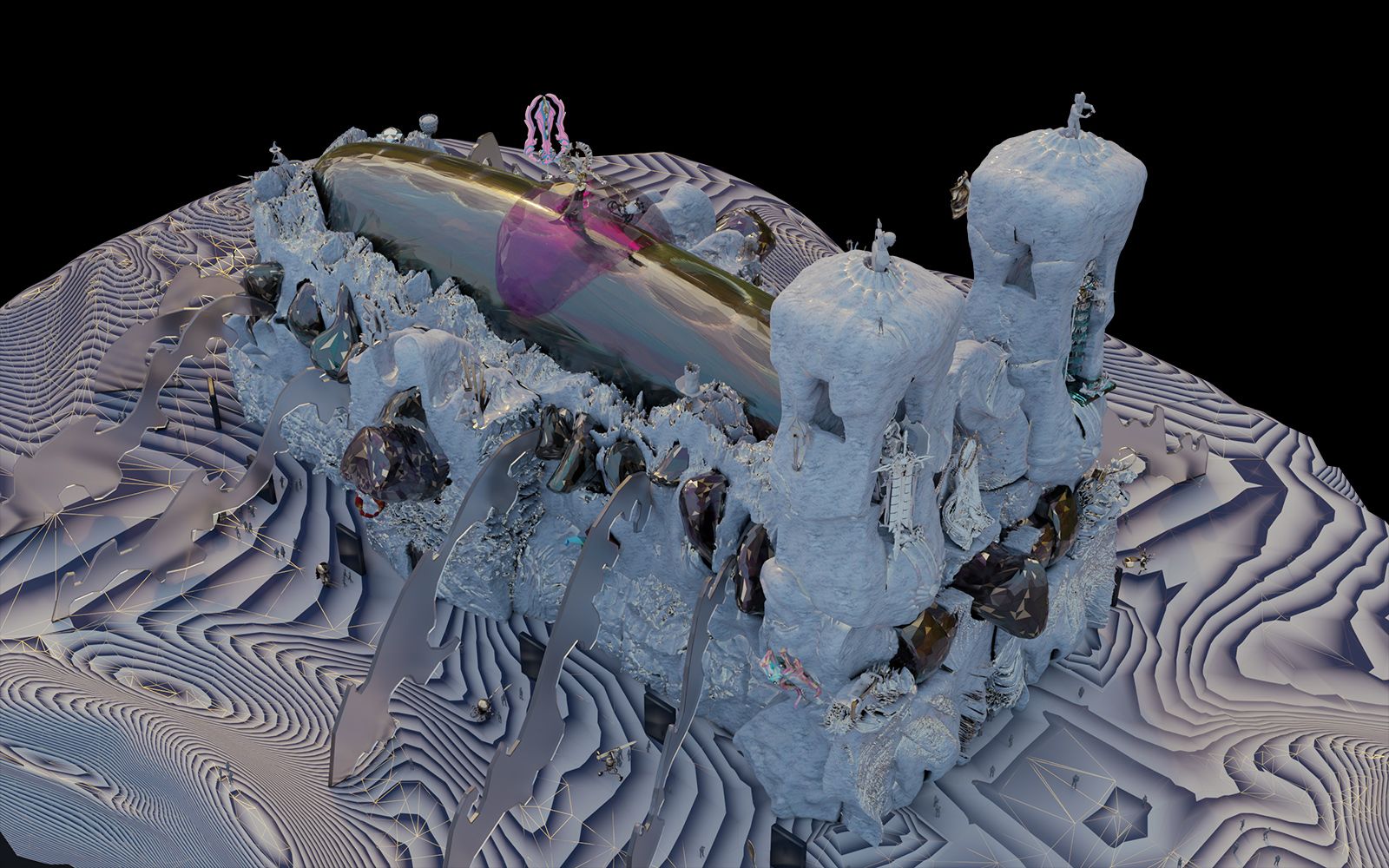
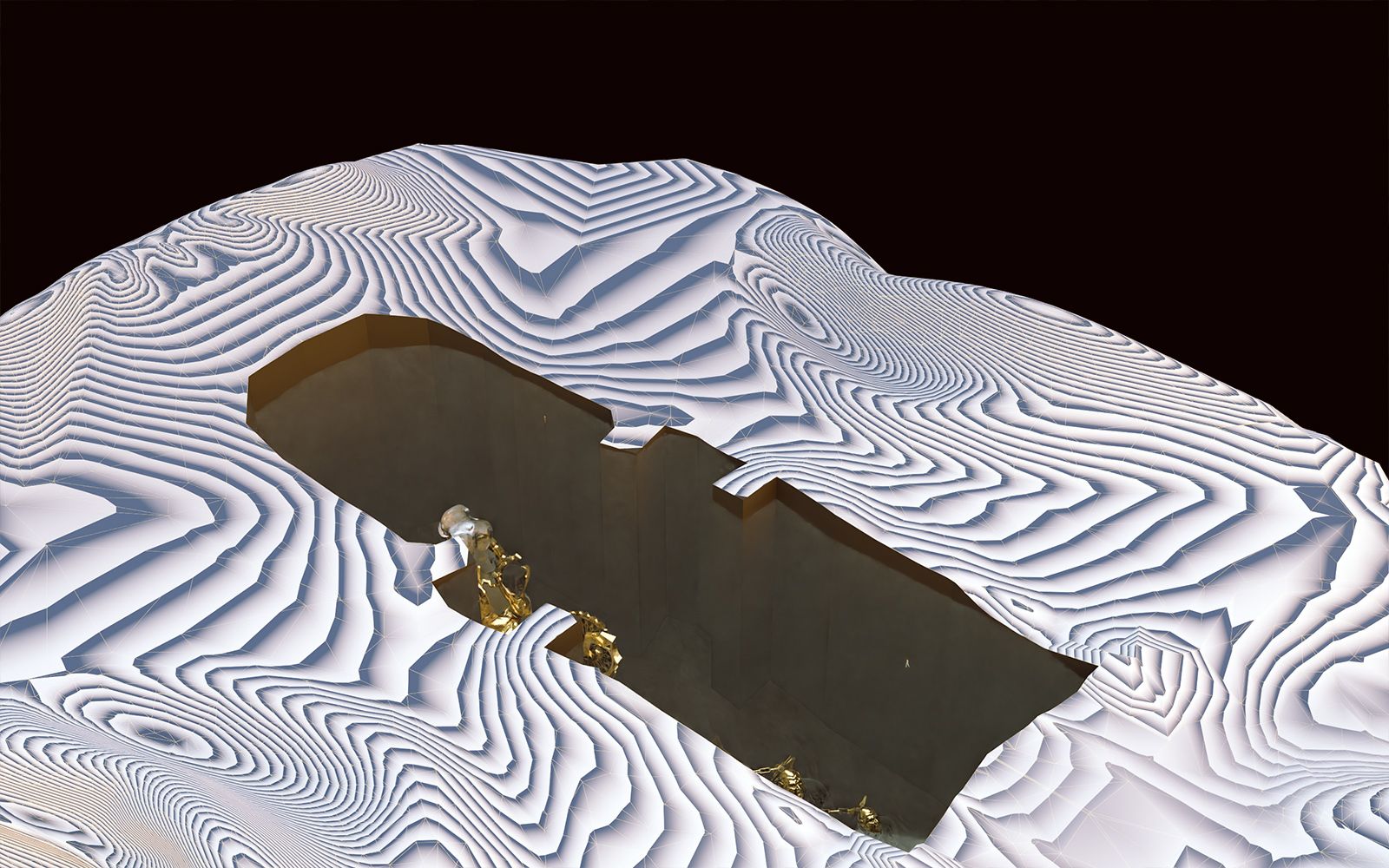
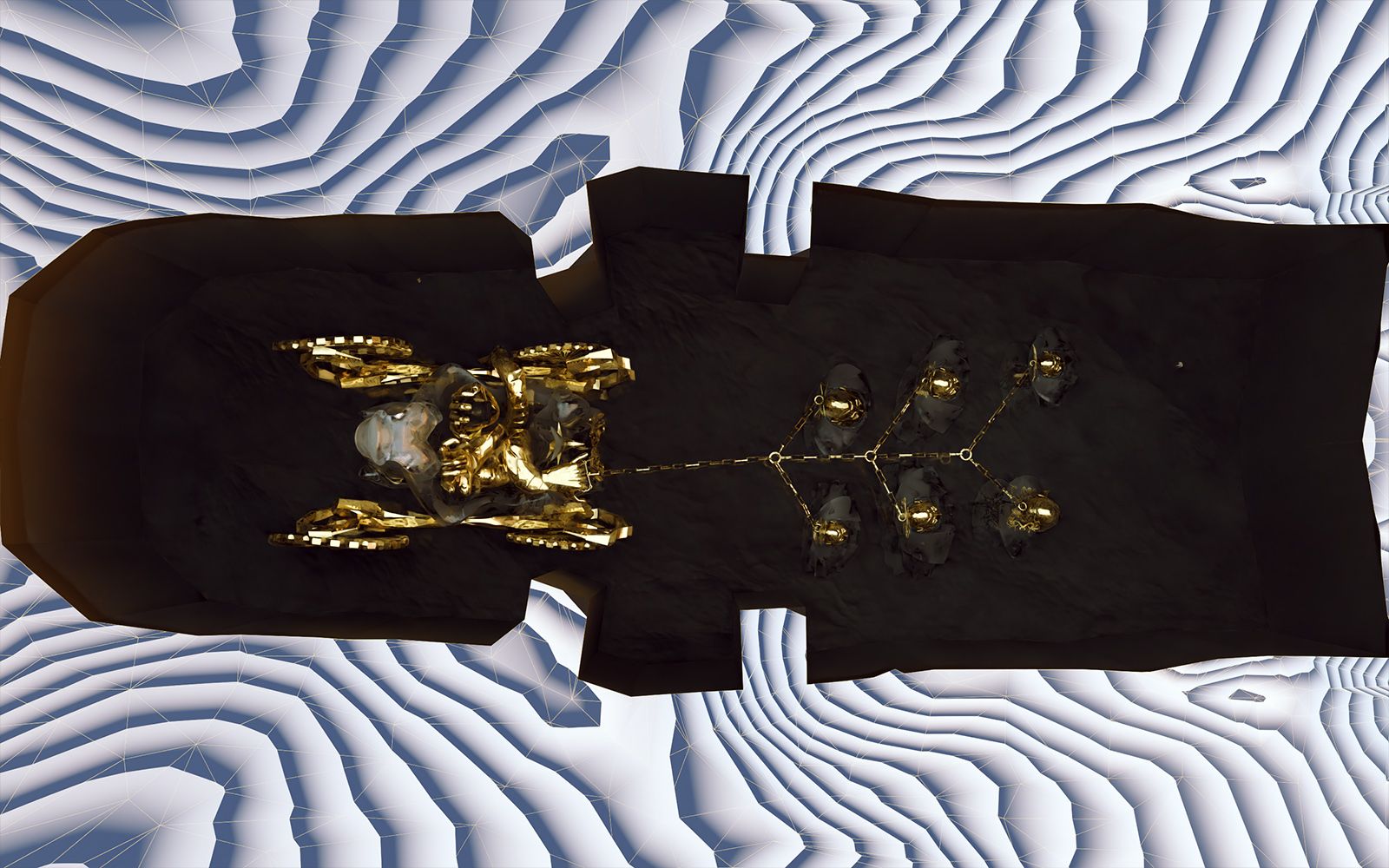
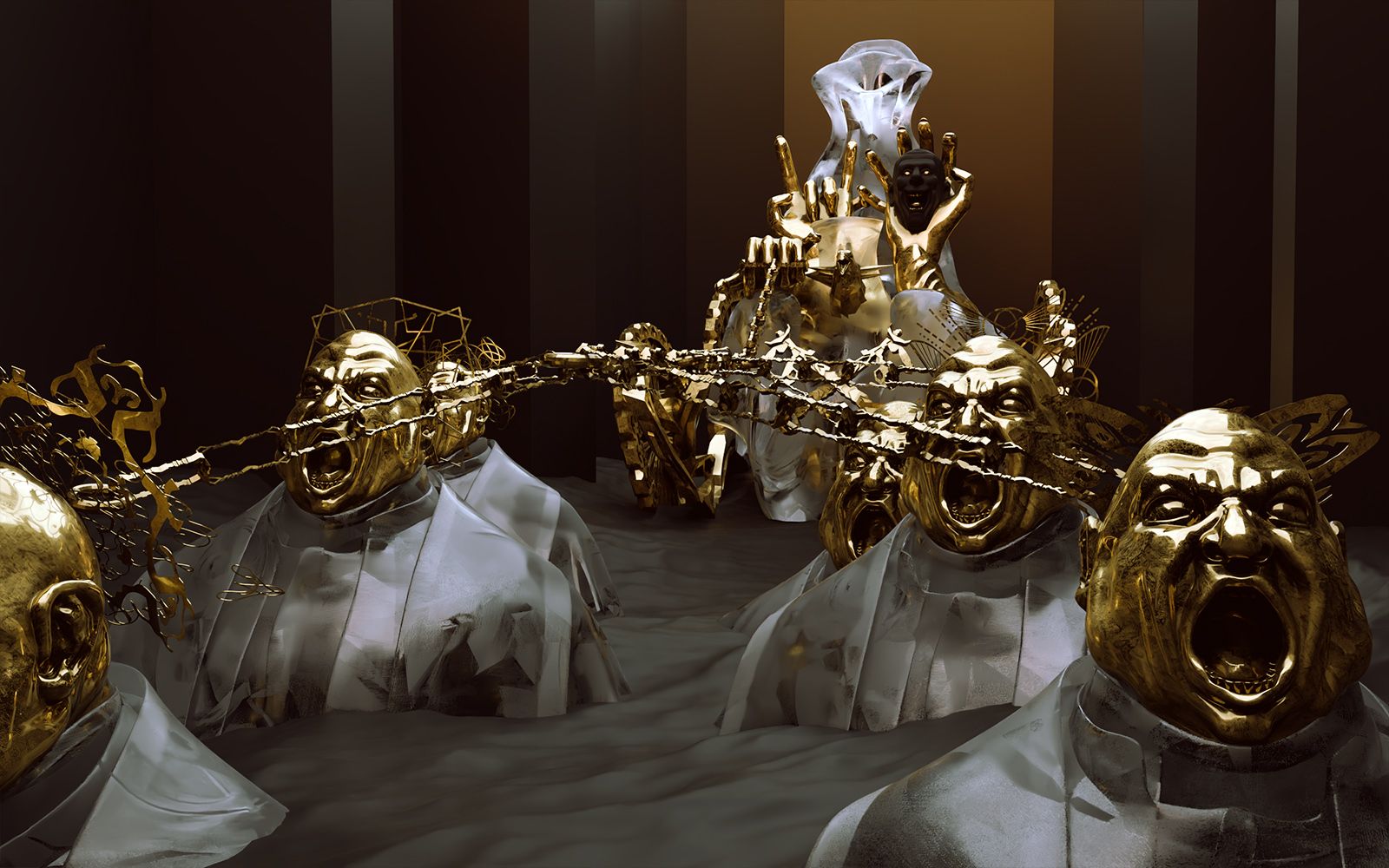
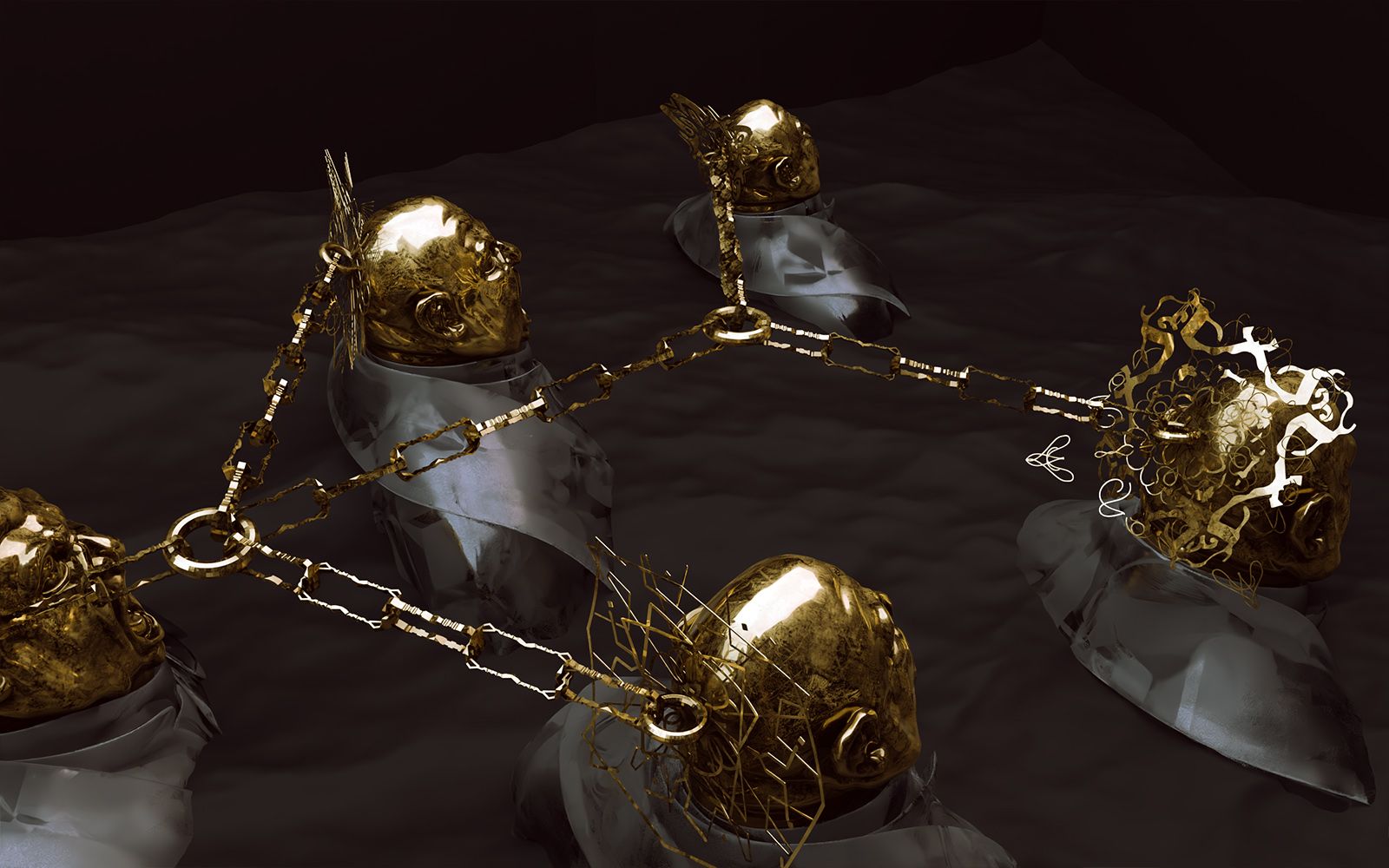

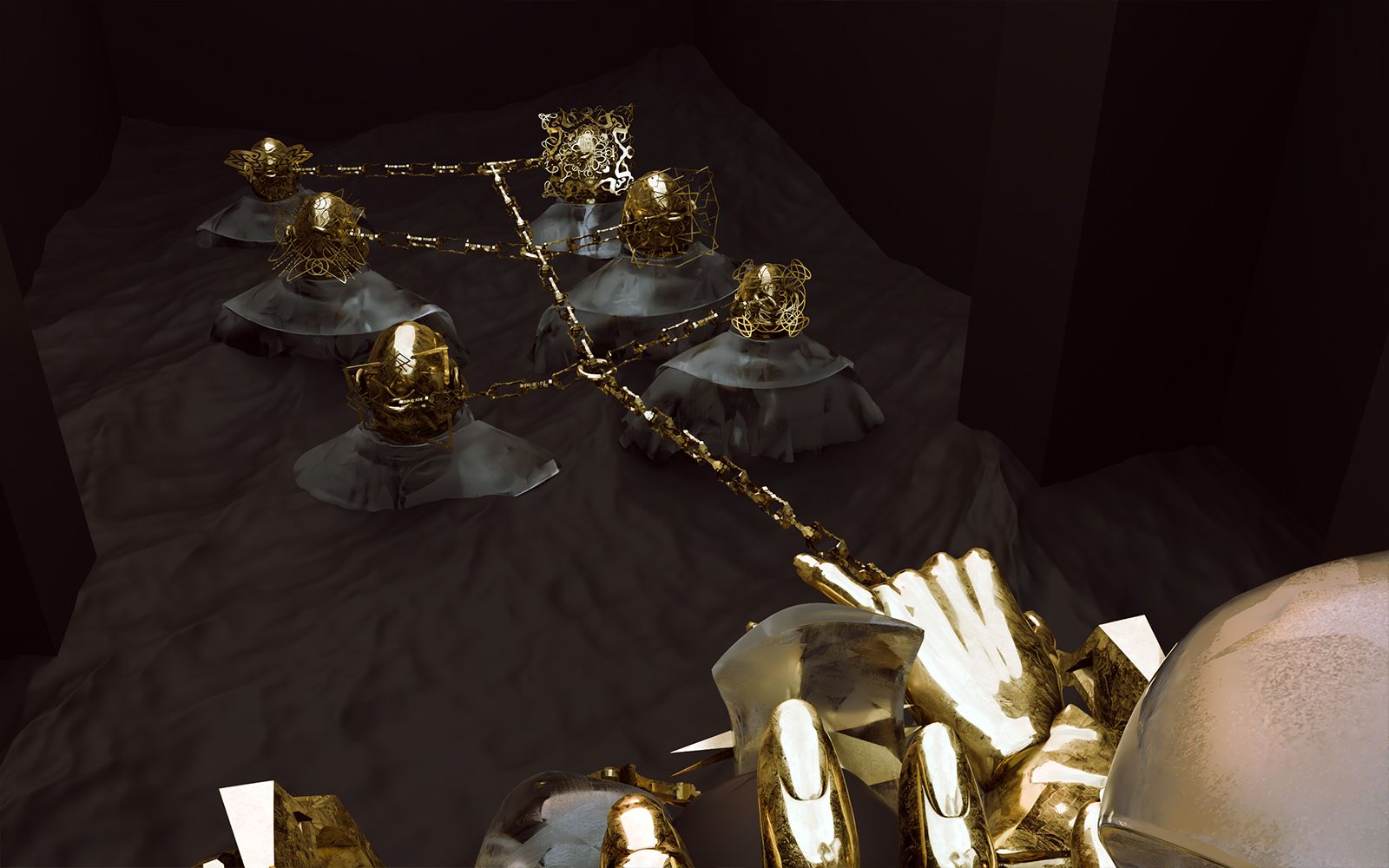
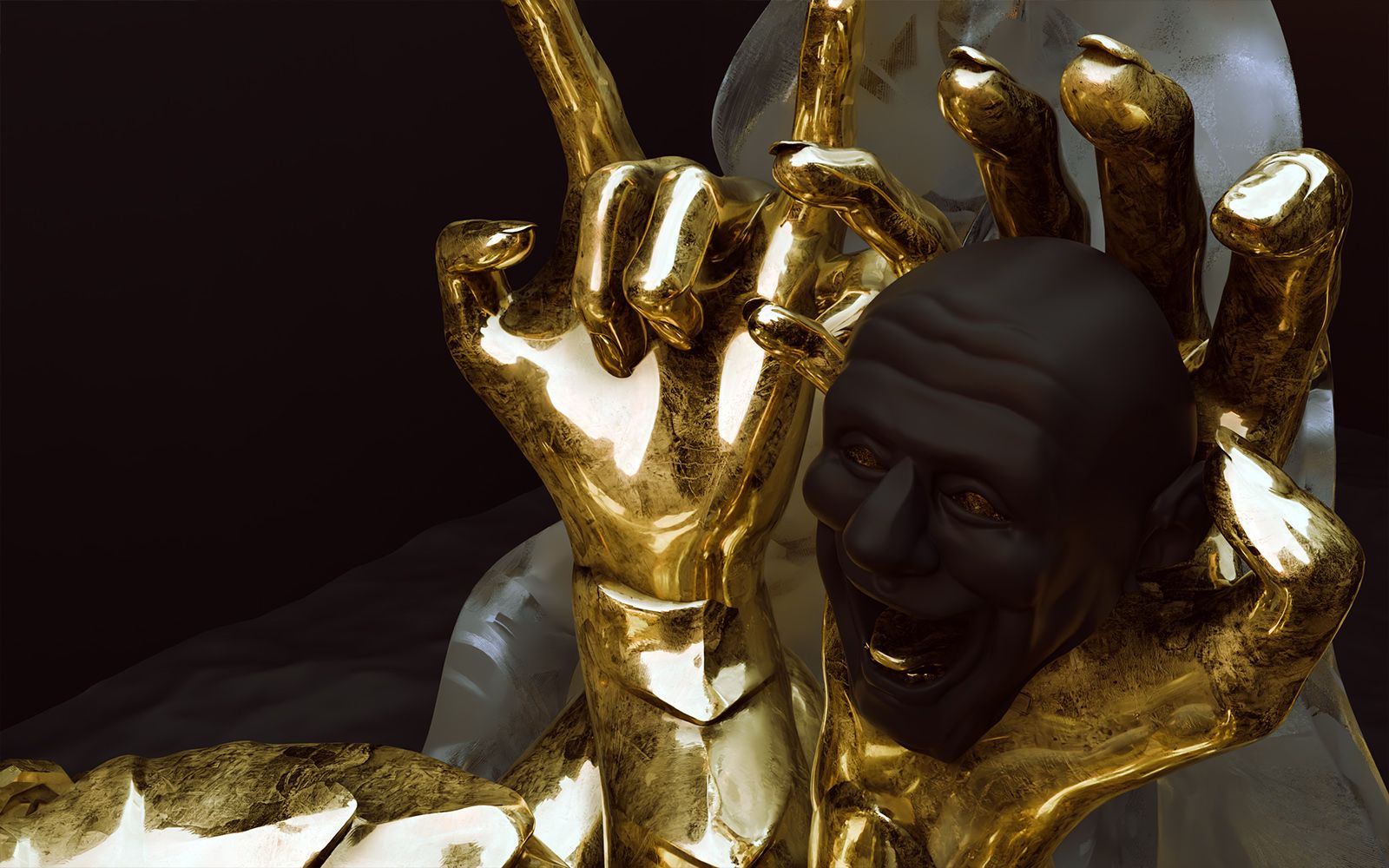
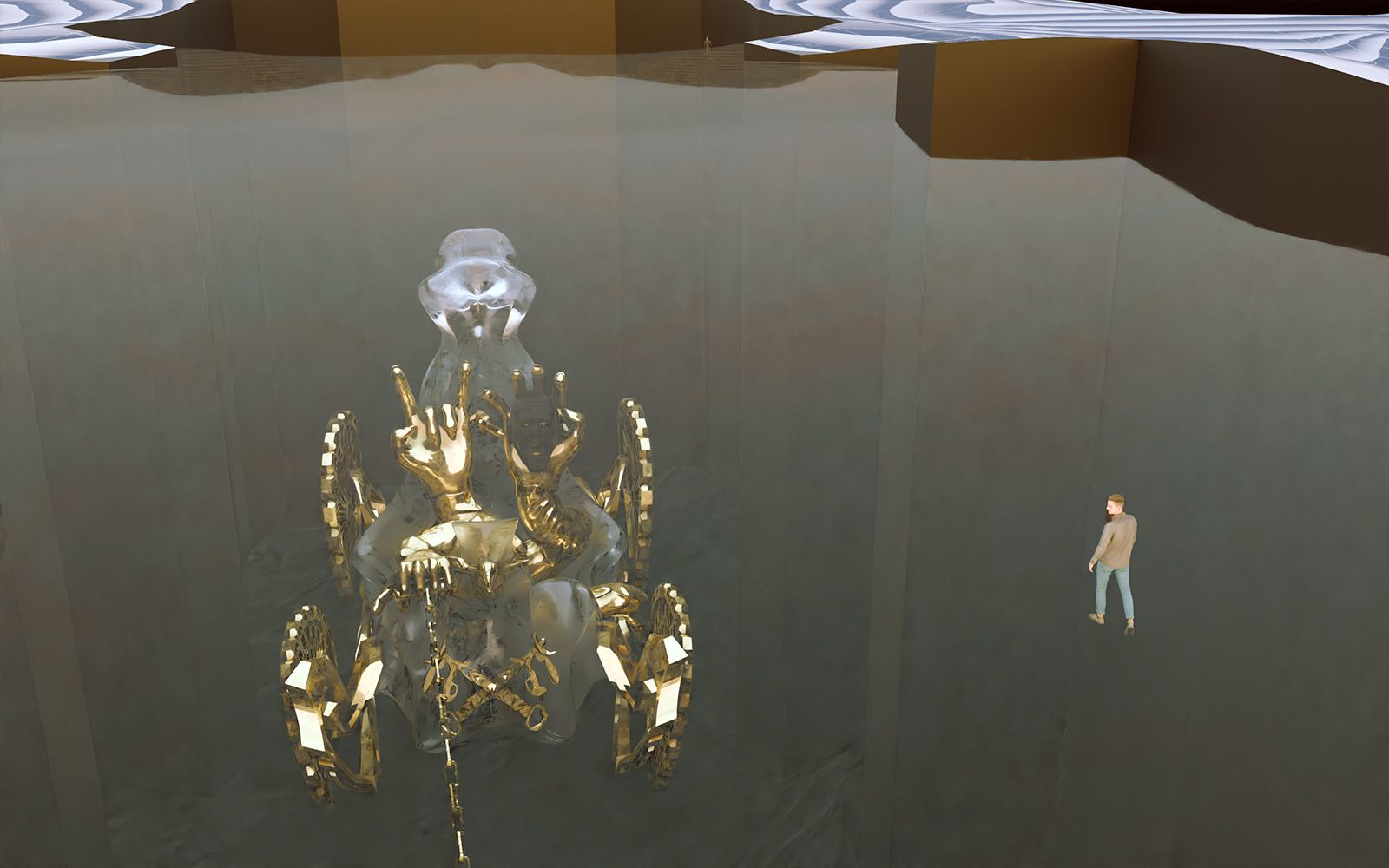
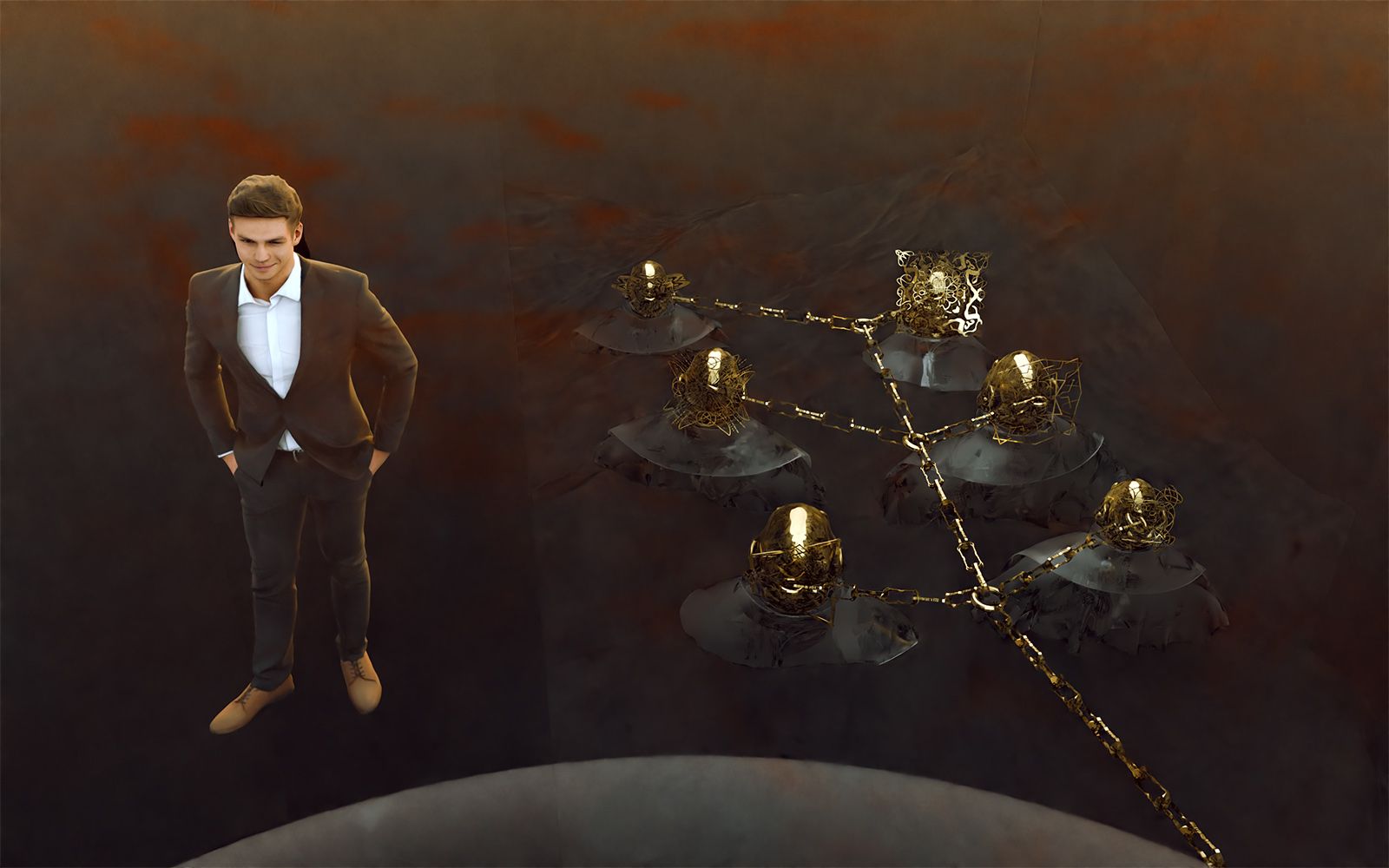
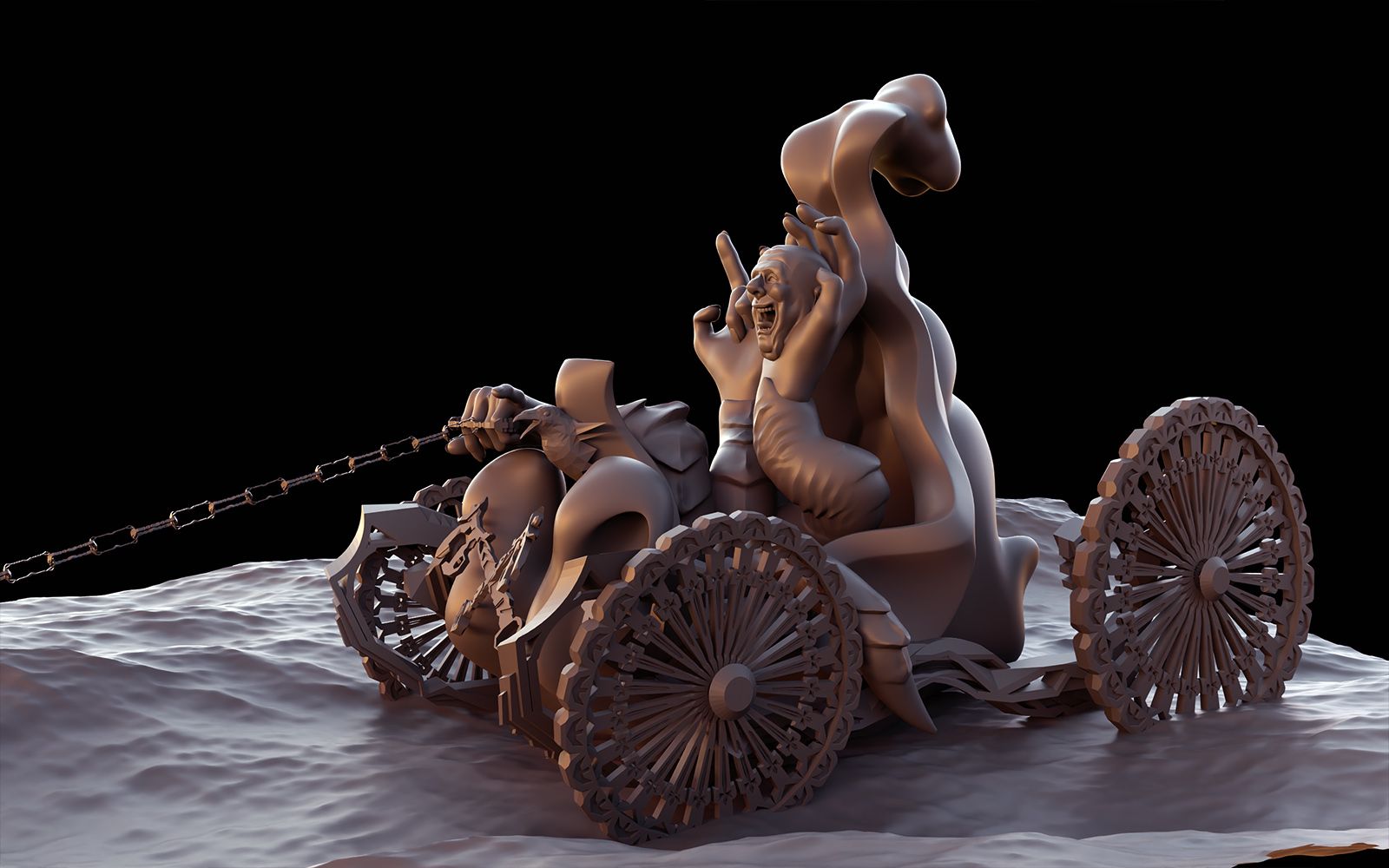

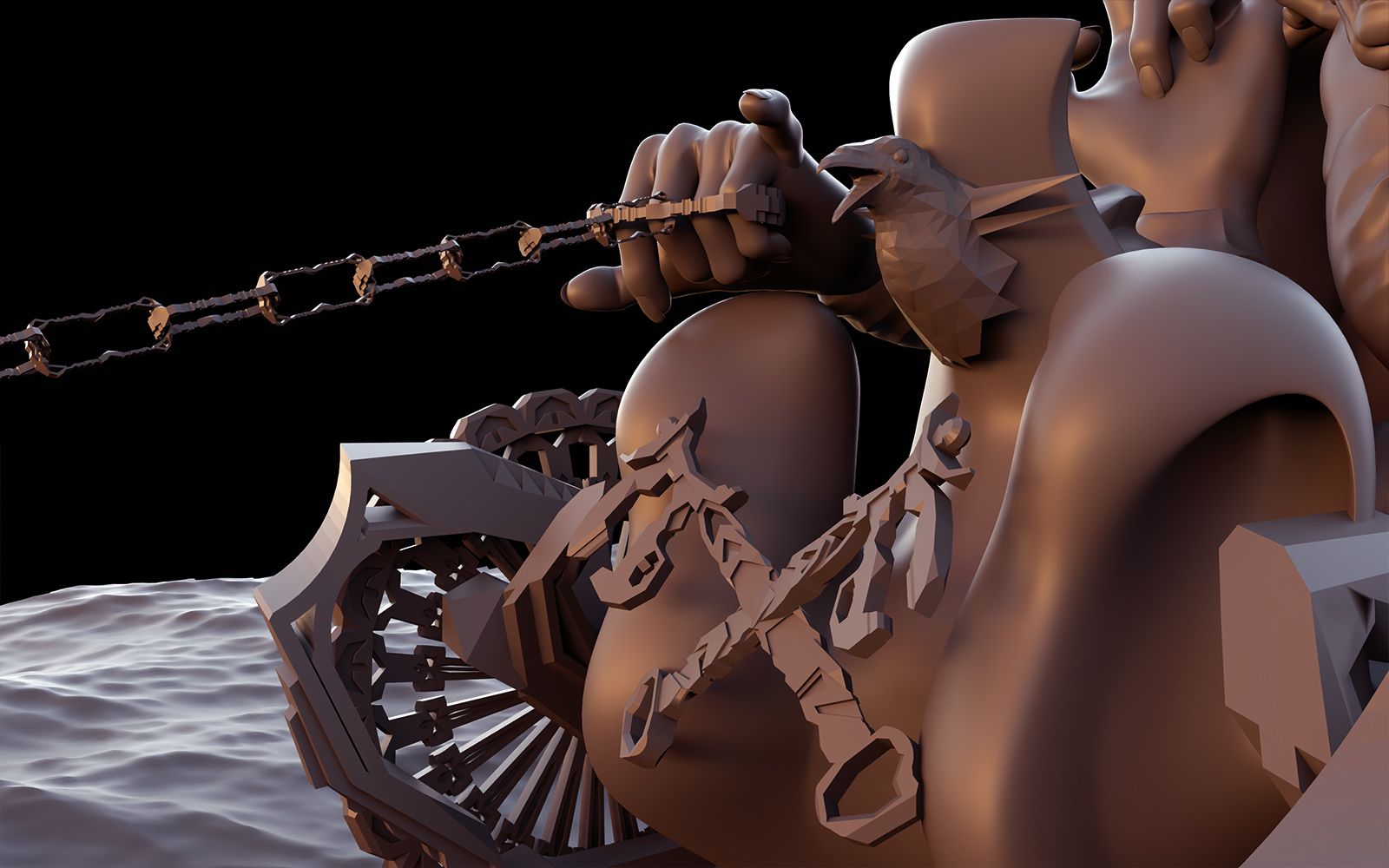

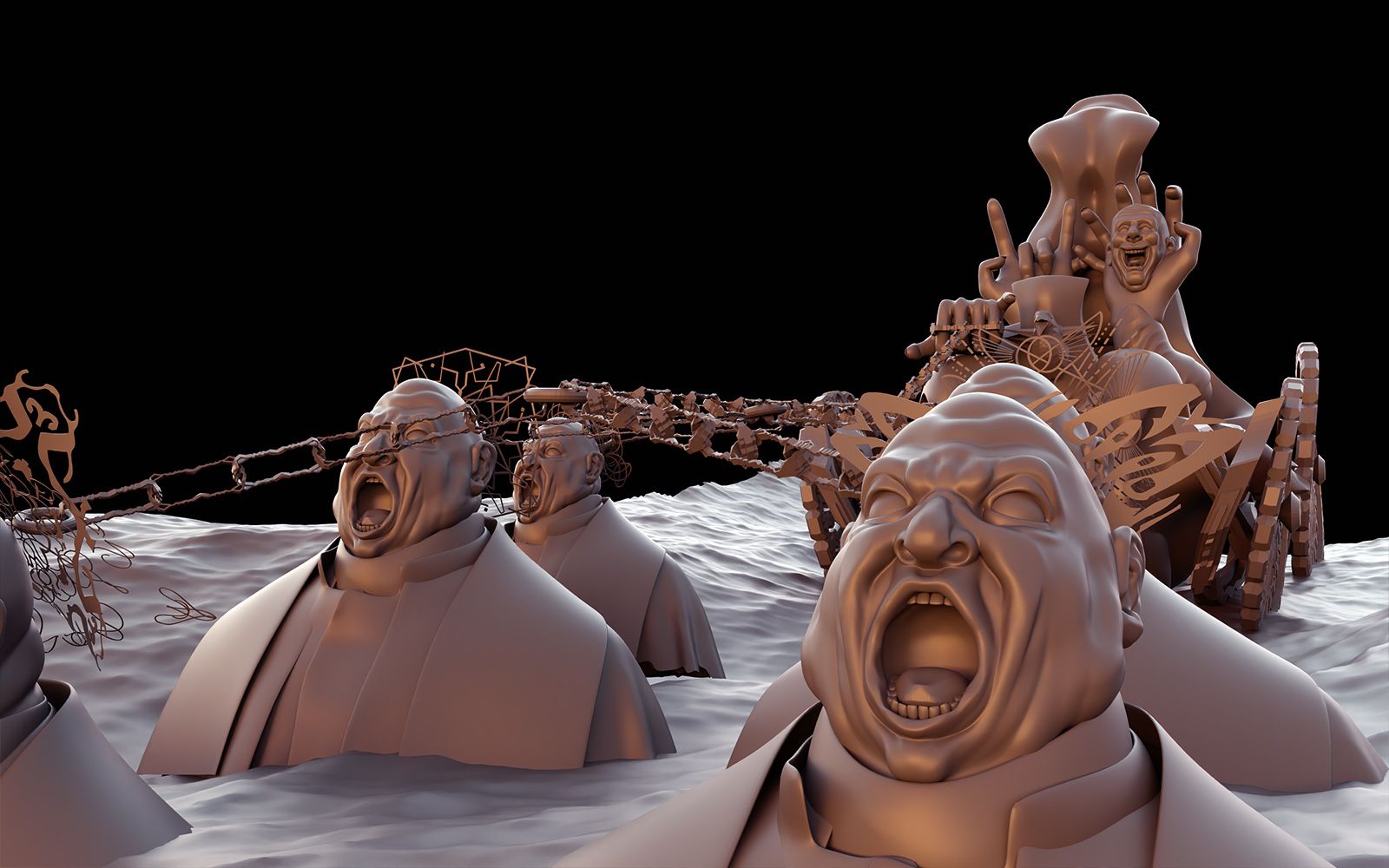
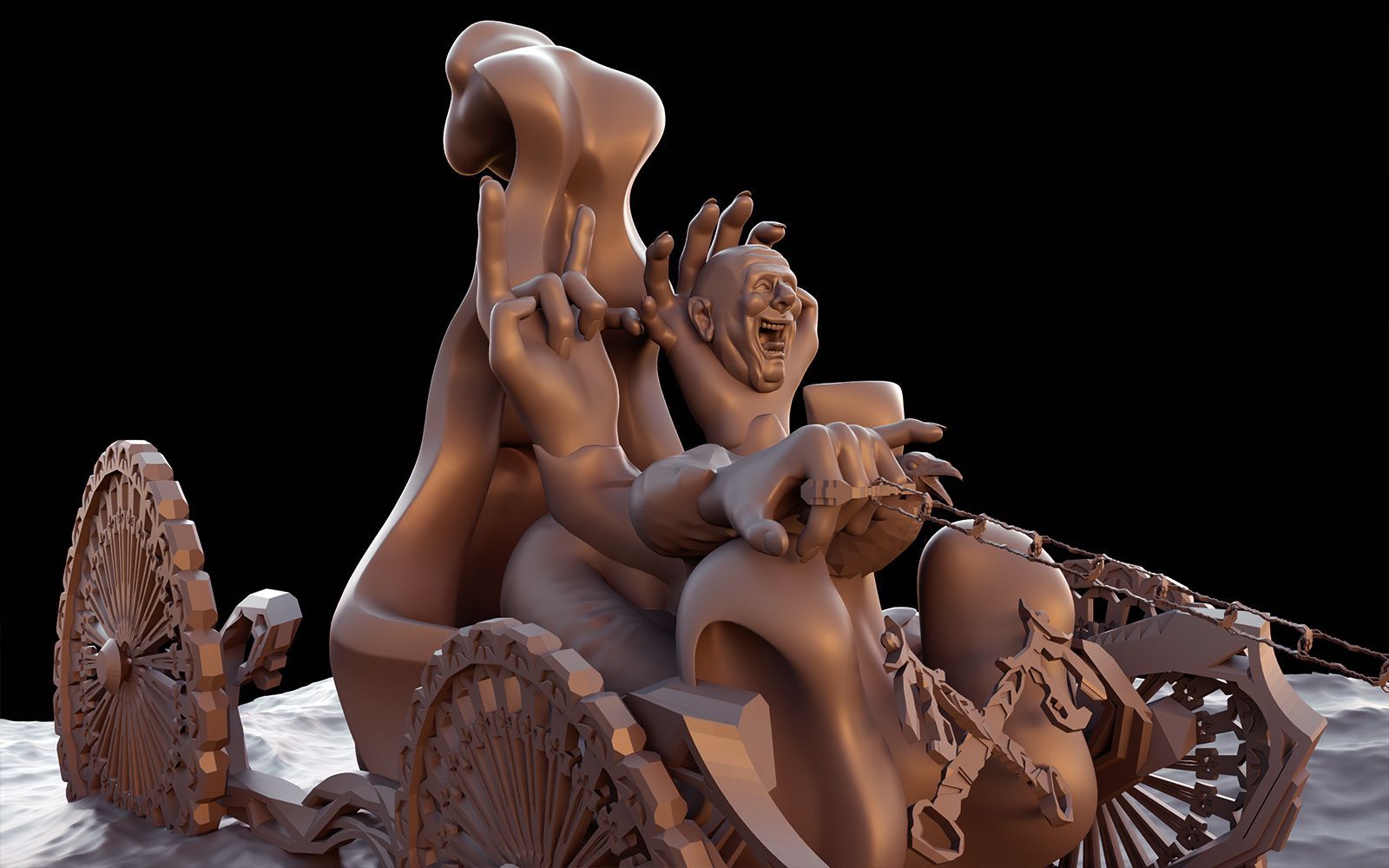

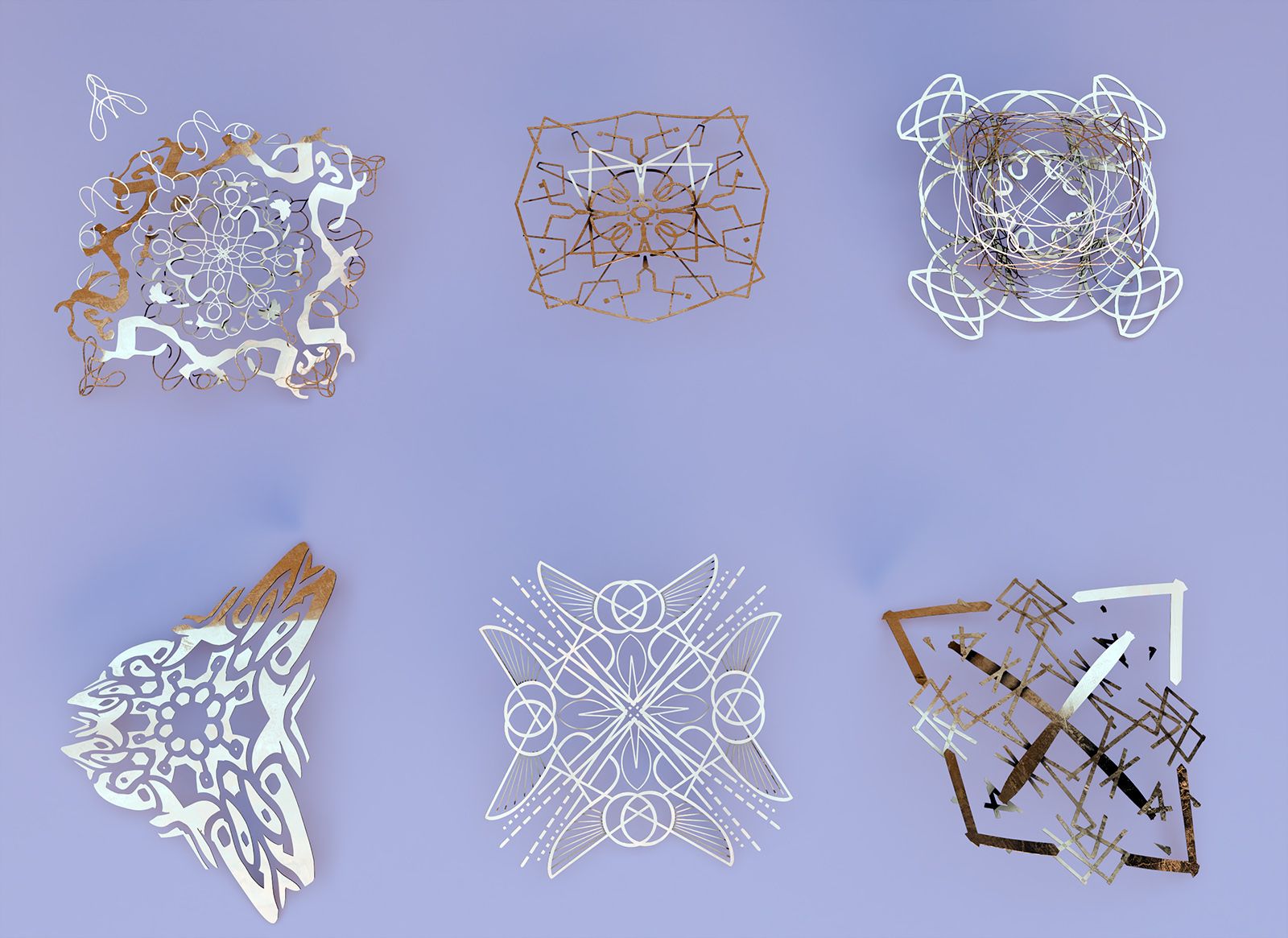
-
RE: Create new or adjust materials
@ntxdave said in Create new or adjust materials:
The only problem I am having now is that when I rotate the object (actually the camera)
So you mean orbit the camera?
@ntxdave said in Create new or adjust materials:
the image on the back side of the heart comes and goes
Sounds like Z-fighing. Make the image of the heart a texture and apply it to just the back face of the heart. Turn on Hidden Geometry so you can paint the back separately from the rest.
-
RE: Create new or adjust materials
OK guys (@dave-r and @sashapepperspray), I went and got my laptop and fired up the model. I clicked on the heart object and then clicked on the K key. Guess you guys were right. I can no longer see the text through the model.
The only problem I am having now is that when I rotate the object (actually the camera), the image on the back side of the heart comes and goes. I guess I need to make that a separate object instead of pasting the image to the back surface of the heart.
Gave it a go and all seems to be OK now.
After all the years I have been using SketchUp, I am surprised and embarrassed by the stupid mistakes I have been making lately.
-
RE: Create new or adjust materials
@Dave-R said in Create new or adjust materials:
You appear to have Back Edges turned on. K is the default keyboard short. Tap it and the Back Edges should turn off.
I will give that a try the next time I start up my laptop. Is that for the heart or the other objects? I have been having a little problem trying to place the 3D text at the right Z level.
Are you rotating the object or orbiting the camera?
I was rotating the and I also orbited the camera,
@ntxdave said in Create new or adjust materials:
I do have an F1 key but I am having some new problems.
What problems? F1 is a hard coded shortcut so you can change that one.
That was kind of a joke between me and @rich-o-brien .

